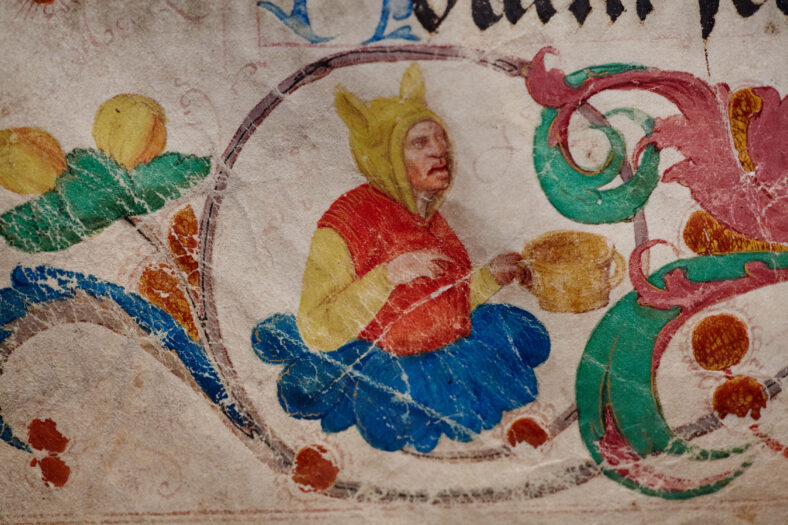More Than 90% Of Medieval Literature Has Been Lost Over Time

Over the centuries, works of medieval literature have become lost. Today, roughly 68 percent of chivalric and heroic works and just nine percent of individual manuscripts produced in Europe during the Middle Ages have survived.
In the analysis of medieval literature, a team of researchers selected 3,648 manuscripts written in Dutch, French, English, German, Irish, and Icelandic between 600 and 1450 C.E.
Then, they used a model to survey biological diversity in certain areas. The model estimates how many “unseen” species make up the local population based on the number of species recorded in an area. The technique can be applied across several different fields.
“These models use the pattern of the observed evidence to estimate what we’re not seeing,” said Daniel Sawyer, a co-author of the study and an expert in medieval English literature at the University of Oxford.
The research team theorized that the 3,648 manuscripts represented a total of 40,614 medieval manuscripts, around 90 percent of which no longer exist. The figures refer to the amount of physical documents that have been lost, not the stories themselves.
A work of medieval literature is considered lost if all existing copies of it have been destroyed. The researchers found that 68 percent—799 out of about 1,170 stories—have likely survived today. Across the six languages that were represented, there were major differences in survival rates.
Icelandic and Irish literature had fairly high survival rates for both individual manuscripts (17 percent and 19 percent) and overall works (77 percent and 81 percent). The excellent level of preservation may be due to the fact that they were produced on isolated islands.
“This is something that is very interesting for our study because it seems like island ecosystems…are better in preserving their biological biodiversity, right?” said Katarzyna Anna Kapitan, a co-author of the study and an Old Norse philologist at the University of Oxford.
“It’s an interesting hypothesis to entertain whether the same patterns could facilitate better survival of cultural heritage in those island societies.”

Sign up for Chip Chick’s newsletter and get stories like this delivered to your inbox.
Meanwhile, English literature had a low rate of survival, with only seven percent of medieval manuscripts and 38 percent of works existing today.
England is also an island, but during the medieval period, it had a stronger relationship with the European continent than Iceland and Ireland.
It is unclear exactly what happened to the thousands of lost medieval manuscripts, but the researchers have a list of possibilities for their fates, including library fires, insect damage, recycling of older manuscripts, and just regular wear and tear.
For example, a 13th-century collection of Old Norse tales was used to fortify a bishop’s headdress.
To add on to their research, the team will be looking into whether certain languages or genres were more likely to survive. The study was published in the journal Science.
More About:News





